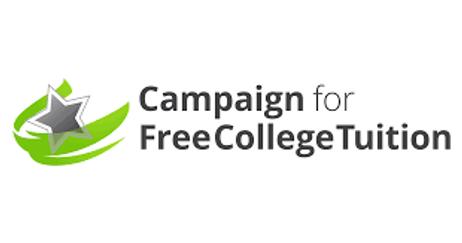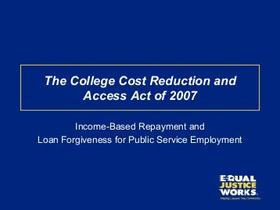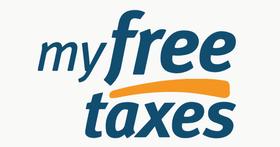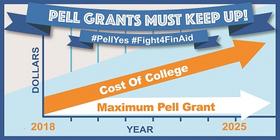During times of political change, economic uncertainty, and fluctuating levels of job security, students of all ages are facing an array of personal and academic pressures. Many community college students and applicants are trying to cope with the mounting educational costs paired with added stresses of job loss, reduced wages, or soaring costs of living.
As many college applicants are struggling to find ways to pay for higher education expenses during economic tumultuousness, community college leaders across the country are seeking out new forms of financial aid to provide students with a greater scaffold of fiscal support.
Recent Financial Aid Reforms
In just the past several years, enormous changes have been made to the federal financial aid program, as struggling college students expressed with rising voices the difficulty of paying for the costs of college with limited access to money or means.
According to Art Hauptman from the Progressive Policy Institute, there was an initial jump-start to increasing federal student aid funding in 2005, when former President Bush renewed the “Higher Education Act.” With this act, the President proposed an increase to the Pell grant of $500 over the course of five subsequent years. As Pell grants were initially created to raise educational aspirations of socially and economically struggling Americans, many believe that the Pell grant increase would stimulate a boost in college accessibility and enrollment. Despite this positive reform, however, Hauptman










































































